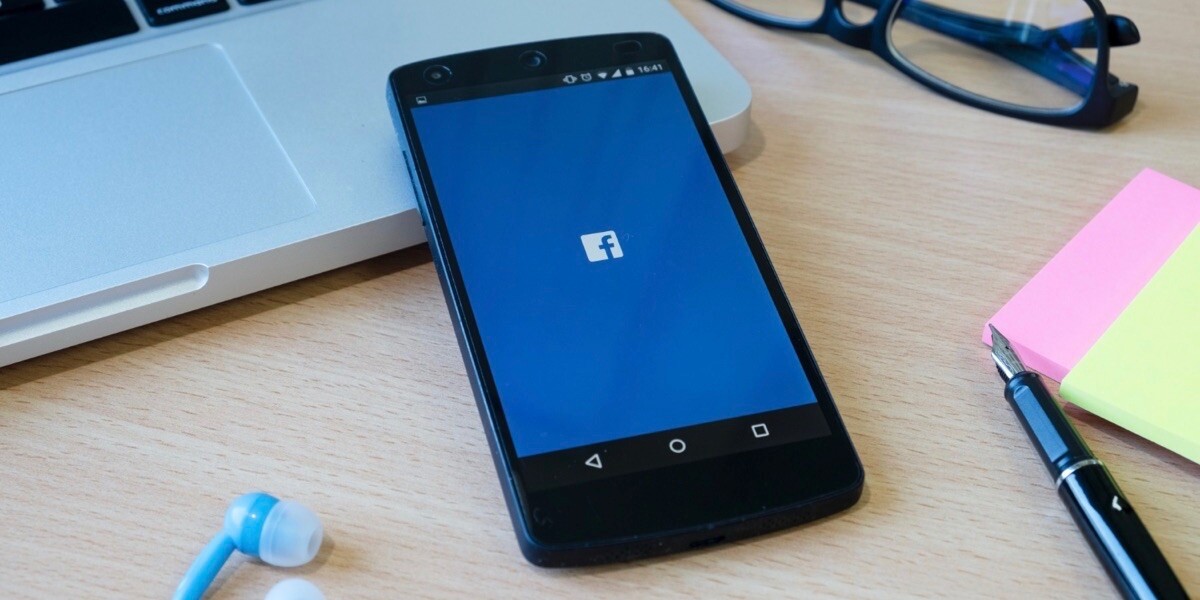
Facebook Boosts Native Advertising Appeal
In today’s modern society fueled by social media applications, mobile devices and Internet penetration, the access and distribution of news content has gained an unprecedented power. While this proliferation of news has largely enabled internet users to remain informed about world events, it has also facilitated the dissemination of “fake news” – an ongoing problem in today’s media landscape.
The Battle Against Fake News: A Responsibility for Publishers and Platforms
Protection against this growing trend has become a top priority for many news publishers. Where digital news outlets such as Facebook dominate the consumption of content, it is still a nascent one without a clear path towards resolution. It is why companies such as Facebook continue to change in order to address the “fake news” dilemma and prevent our age of information from becoming synonymous with one of misinformation. The consequence for failing to act against non-substantive, misleading, or disruptive ads – to name a few characteristics that ‘fake’ entails – can also have a damaging effect on the reputation of the publishing platform.
Facebook’s Response: Prioritizing User Content and the Impact on Publishers
It is a reason for what has prompted a reaction from Facebook to moderate the type of content that is to be published on its news feed – seeking to be a force for good and minimize the harmful effects brought by the misuse of certain actors with the single objective to manipulate and drive up clicks and revenue. Unfortunately, the company’s decision will have negative implications on the profusion of companies using the social network as a space for traffic acquisition now that the news feed will “favor user content and de-prioritize publishers’ content.” Evidently, this change has created concern in the mind of publishers, as the odds-on decrease in traffic can conceivably alter the prospects of their business.
Embracing Change: The Opportunity in Native Advertising
Nonetheless, with every challenge comes opportunity and a corresponding need to adapt to an ever-changing environment. As for 21st century marketing, it means to adapt and make use of modern advertising channels and not be limited to a single source. Understanding the underlying difference between broadcasting content and having it shared can also be that initial step towards realizing opportunity. After all, the purpose of Facebook’s news feed has always been to drive conversation and establish interaction between users and their social circles rather than to put out information for business conversion and monetization. Indeed, it has been very successful for many when it comes to sentiments of that affect; however, those that advertise on Facebook as a primary source can’t be an assurer of brand safety or what advertisement will appear alongside it. Nor may the quality of content be highly valuable, given that the content is generally designed to grab the attention of Facebook’s wide but varied audience.
The Power of Native Advertising: Building Trust and Long-Term Relationships
On the other hand, in the realm of native advertising platforms, emphasis is beholden upon targeted customers; therefore, a quality of audience. Native platforms that further commit to establishing a premium network will ensure reliable, high-quality content and effective engagement that, together, elevates the user experience and incites action rather than falling short of desired results. Companies that use a premium native advertising solution are more likely to establish and assure the customer’s trust. Subsequently, a network is developed around both repeat buyers and prospective clients, thus building long-term relationships while creating new ones.
Why Native Advertising is the Future
Similar to other direct marketing strategies but better, native advertising provides companies with the perfect model to attain higher view rates and achieve great conversions as a result of being less intrusive. In this sense, native advertising is a thought leader in its field that creates short-term interaction with customers yet possesses the ability to build long-term relationships. Customers feel empowered, while at the same time, the publishers remain in control. Thanks to native advertising, the customer won’t feel like they are being fed a new product or service, but a reliable solution that meets the problem. Content isn’t distributed with the objective of manipulation but rather as a provider for assistance. As we are a premium network, we guarantee a network of quality, power and brand safety that will protect your reputation.

